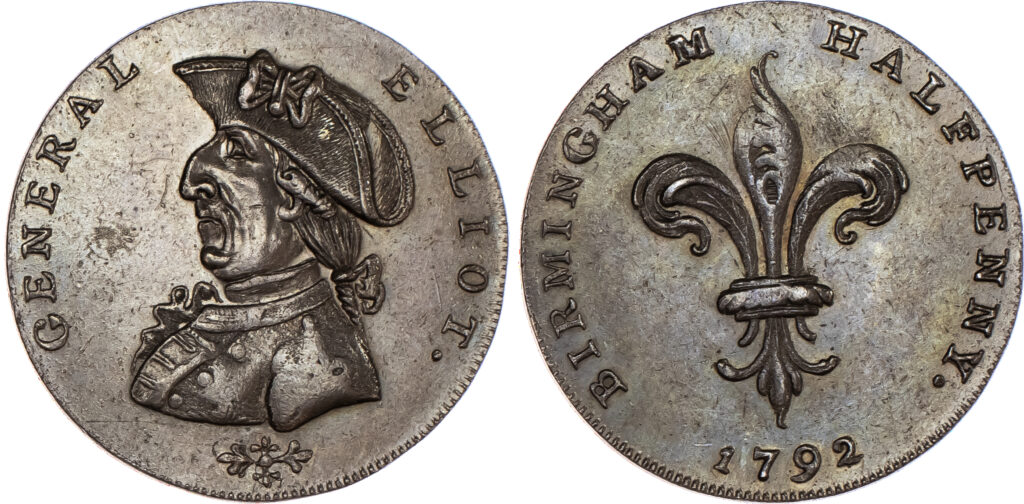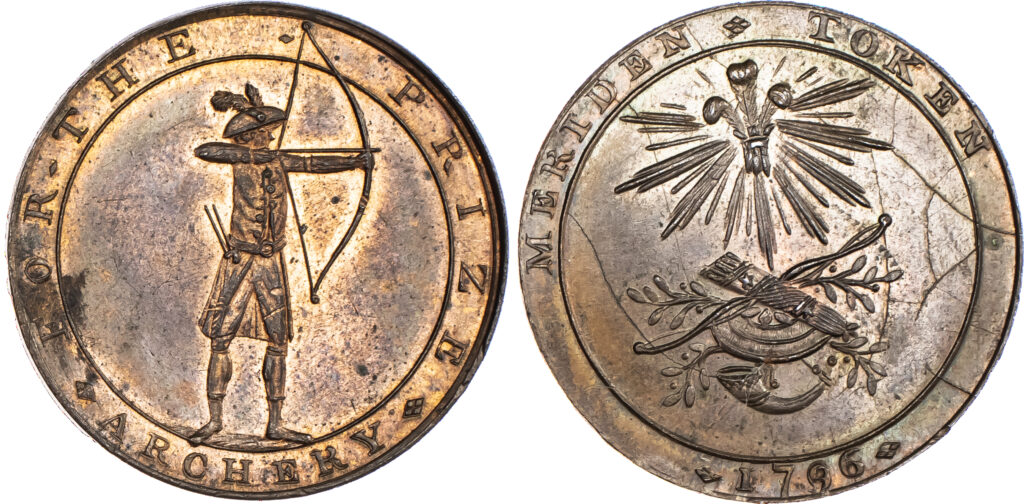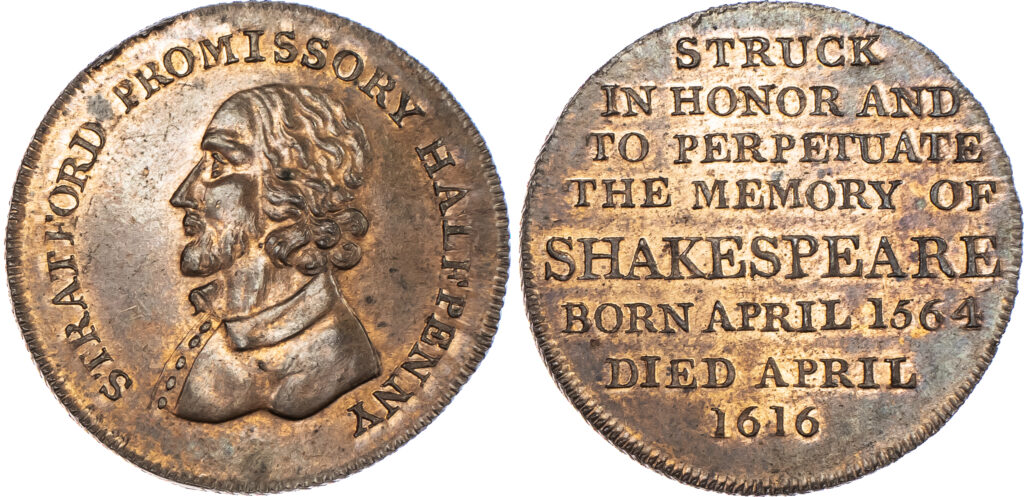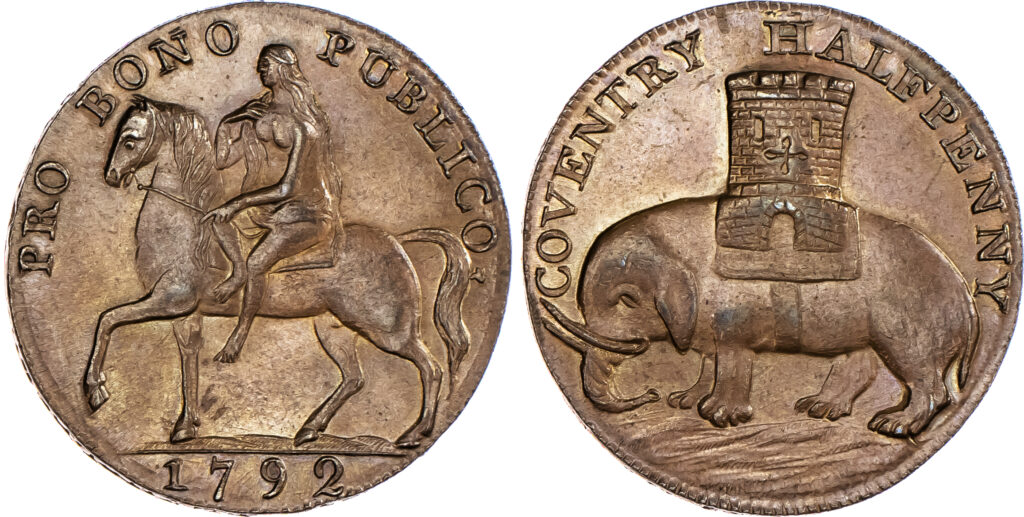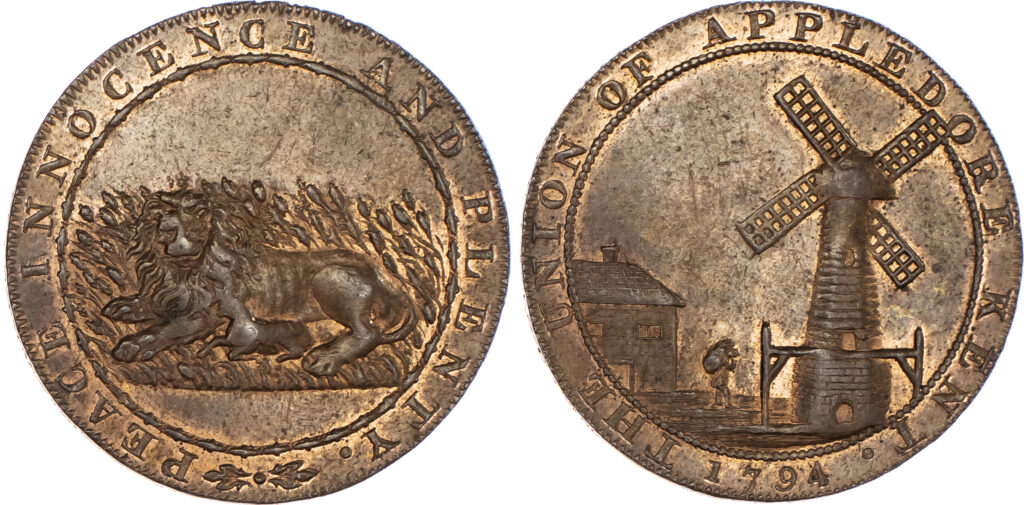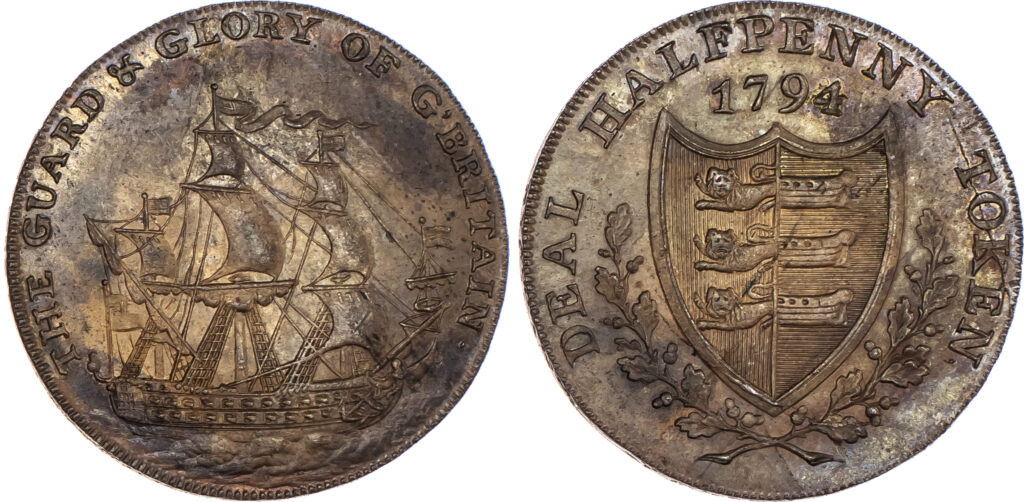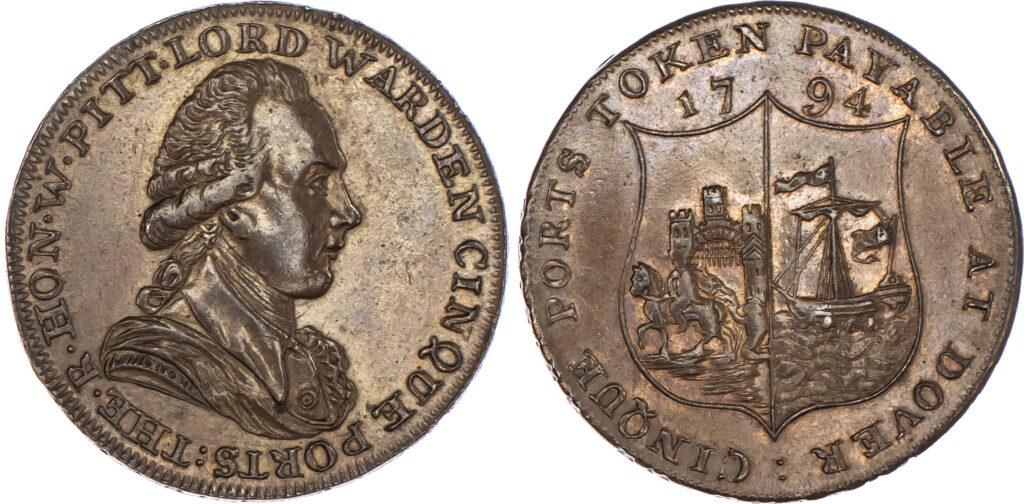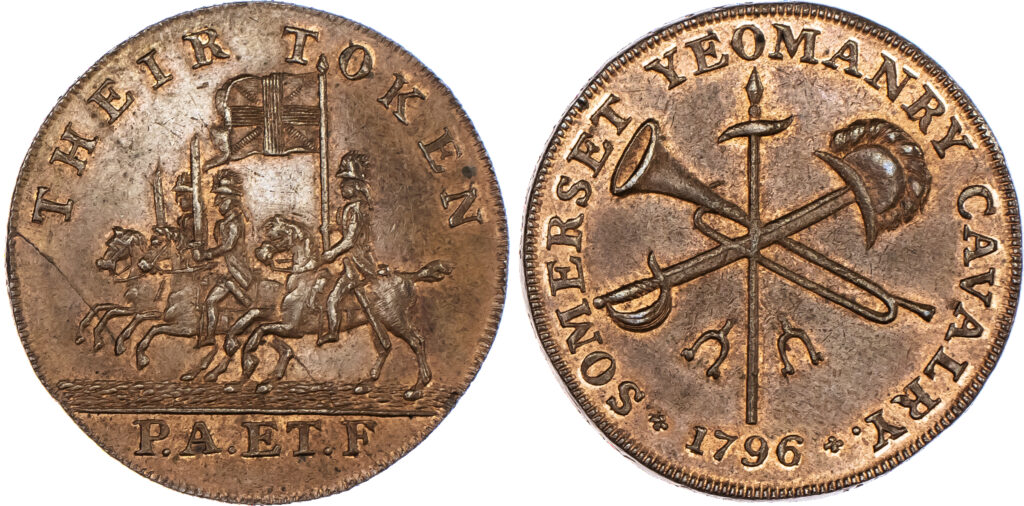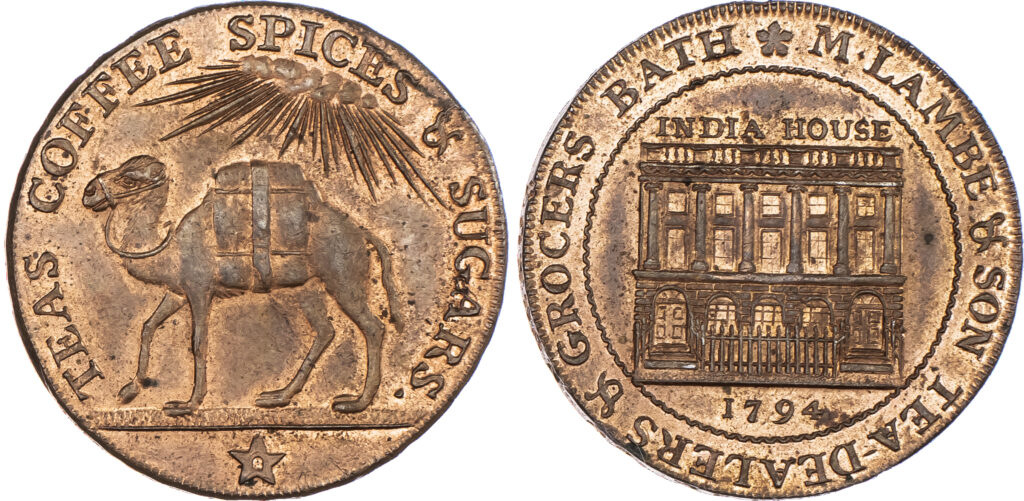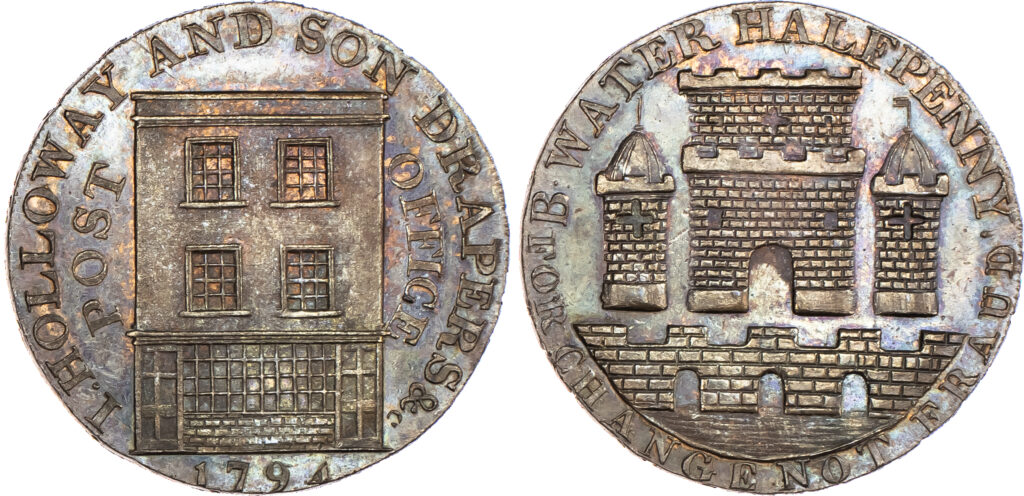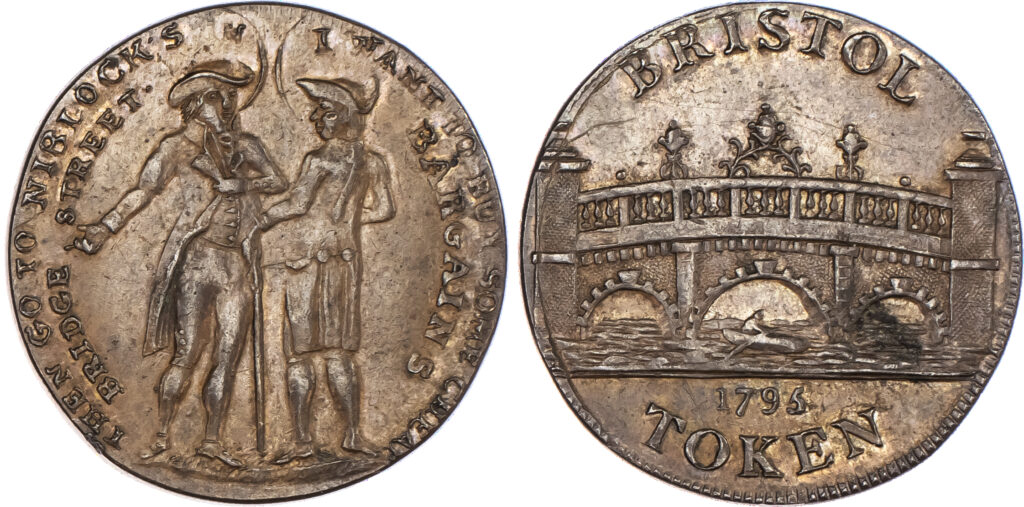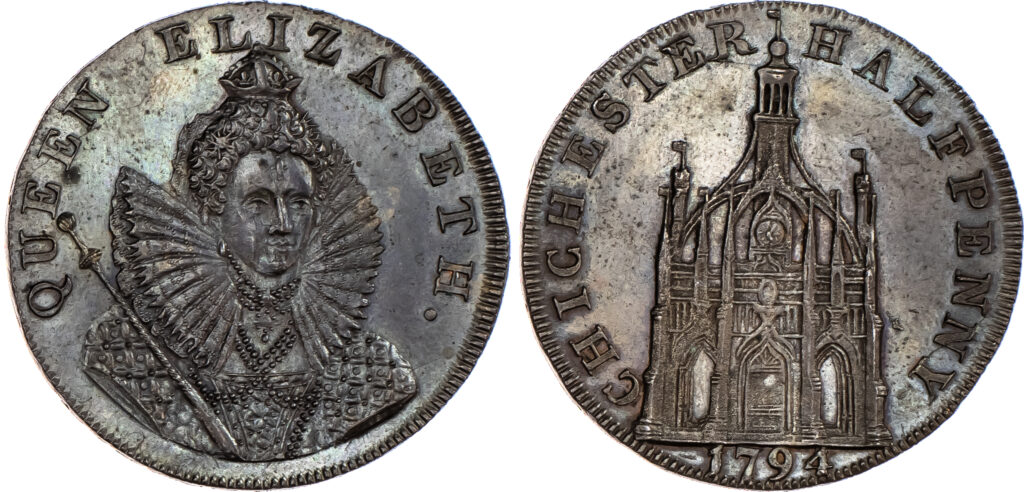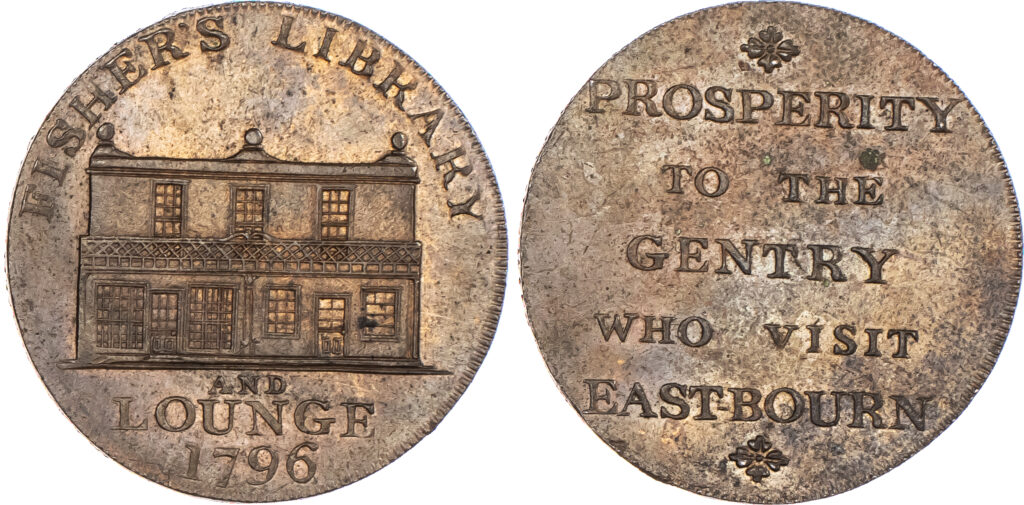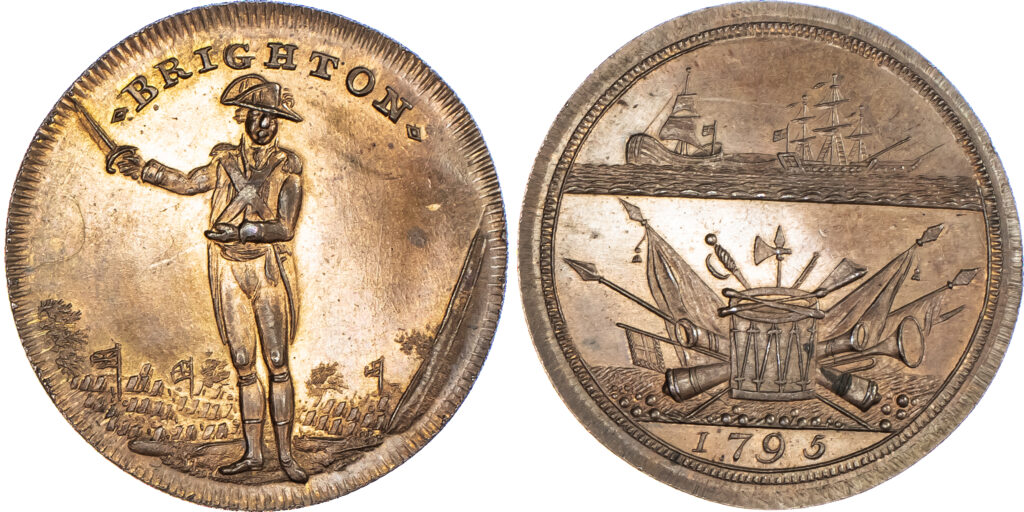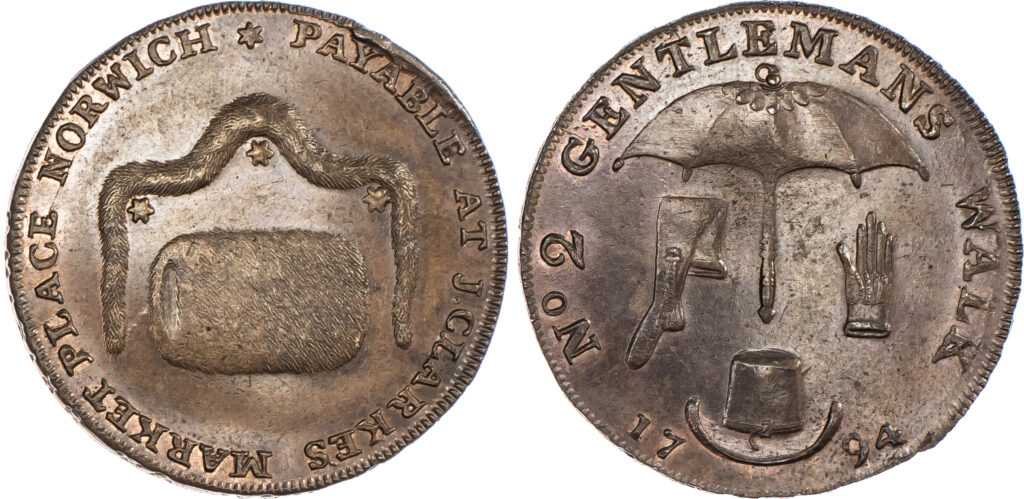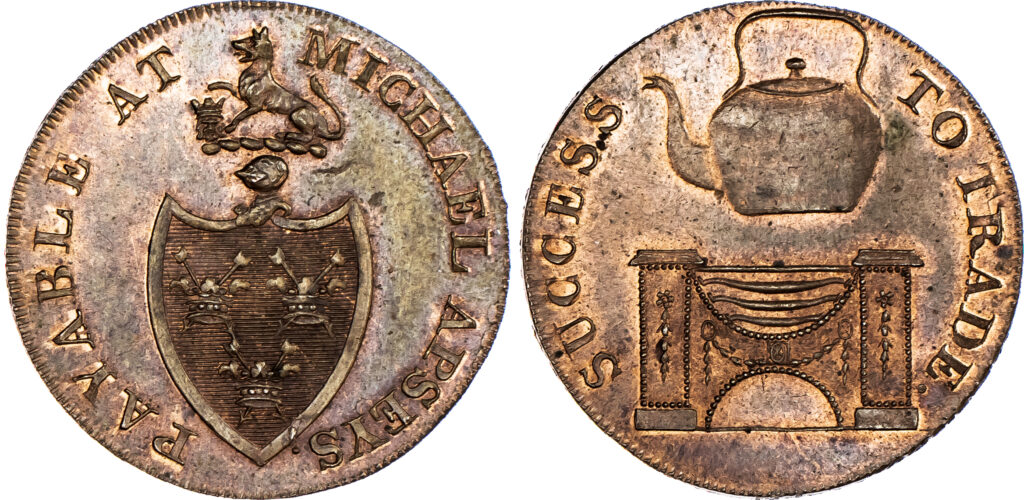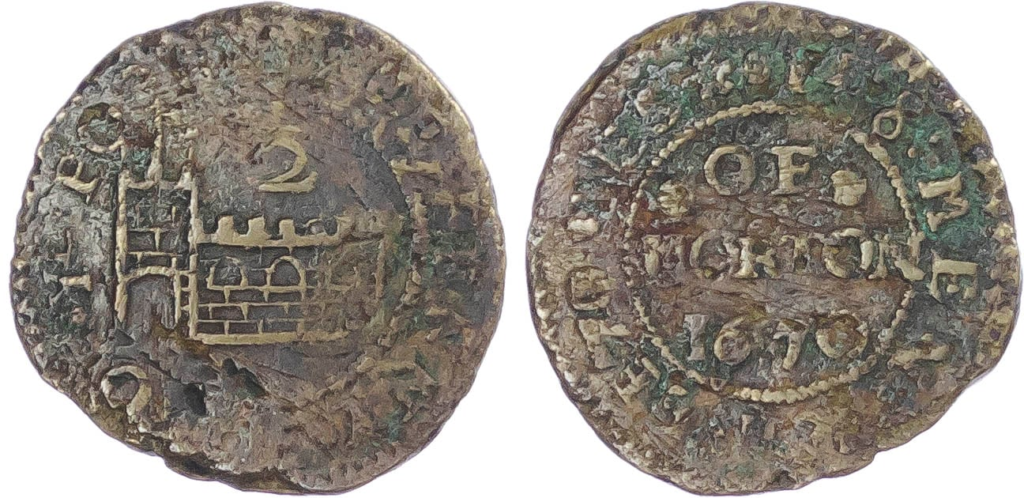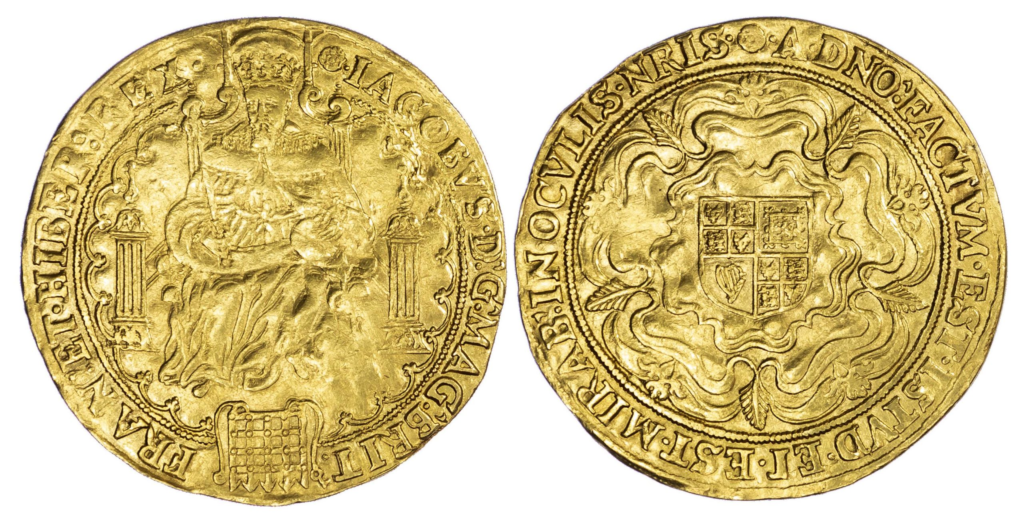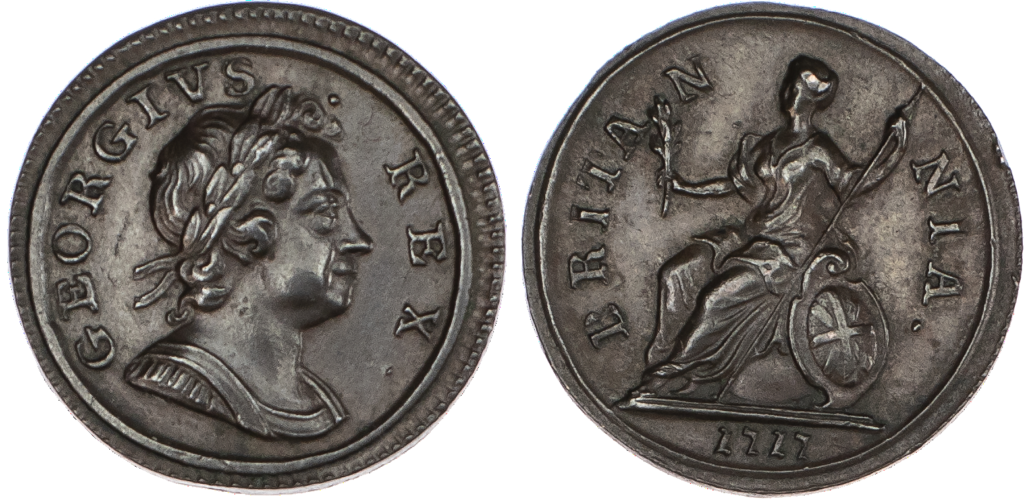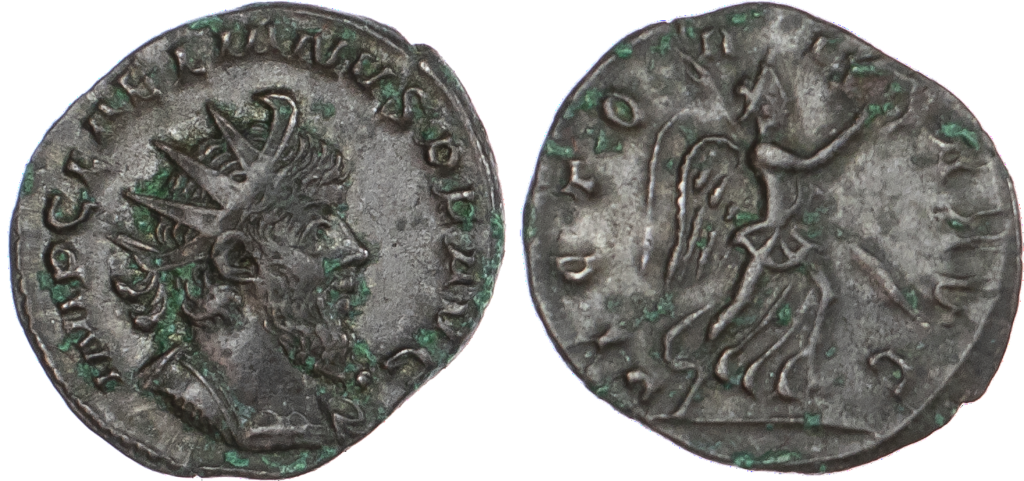James Carlill was a watchmaker in York, and issued his own ‘Halfpenny’ in 1792 in order that he could give change. The design for his halfpenny featured the bust of Constantine the Great who it is thought, was born in this city in around AD 274.
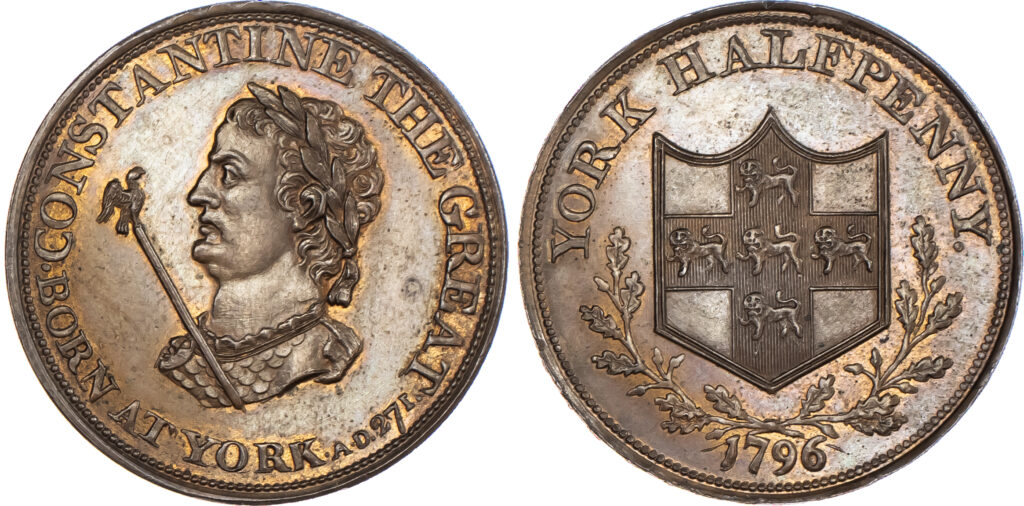
Another anonymous York shopkeeper or merchant issued a handsome token showing York Minster on one side and Clifford’s Tower on the other. Both coins are copper and about 30mm wide.
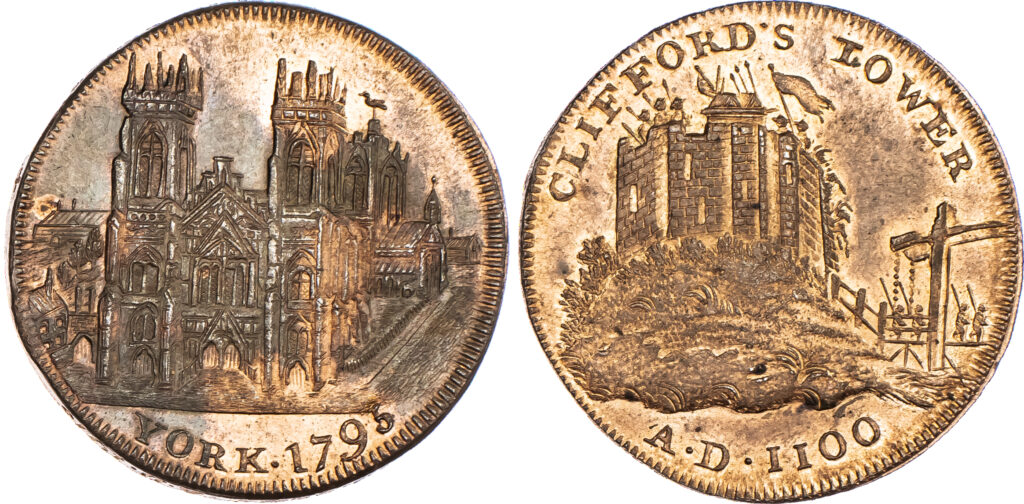
In the 1790s there was no official small copper change in the country. Britain was at war with France and the price of copper had risen causing the regal issue to ‘vanish’. This caused tremendous hardship for small merchants and shop keepers throughout the country, for how were they to conduct the everyday transactions of selling small goods if they had no change. The Crown was busy with the war and any ‘unofficial’ production of coin of the realm would be seen as forgery which was punishable by hanging ! Eventually a Welsh mining company hit upon the idea of turning their copper straight into pennies and halfpennies but calling them ‘tokens’ that were redeemable in official coin – thus avoiding the forgery problem. As they were the correct weight, no one bothered to change them and in the space of a year, merchants in every town in England started issuing their token pence !
This solved the lack of small change in the 1790s and for ten years, until the government got its act together after the war and issued official copper coins. Throughout this last decade of the eighteenth century, it is these copper ‘token’ pence and halfpence one would have had in one’s pocket, all over the country, as small change.
There were many merchants in Yorkshire issuing their own coppers, particularly in York, Leeds Sheffield and also other smaller localities such as Huddersfield, Beverley, Hull and Bedale.
Henry Brownbill, also a watch maker, from Leeds issued a halfpenny in 1793. Because of the importance of the wool trade to Leeds he chose to put on his token a portrait of Bishop Blaise holding a wool-comb and a view of the Mixed Cloth Hall which had been erected thirty-five years earlier in 1758. Bishop Blaise is the patron saint of Wool Combers as in around AD 316 he was skinned alive with wool-combs for not renouncing his Christian faith.
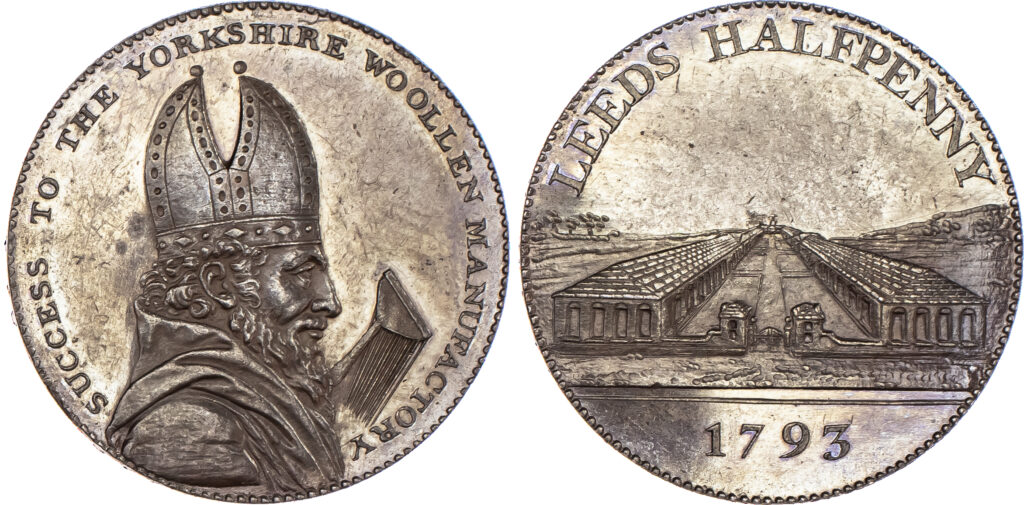
John Downing of Huddersfield. was a grocer and dealer in fine teas and produced a fairly ‘straight forward’ token in 1793. One side shows a view of the façade of East India House in London and the other side portrays the Grocers’ Arms – both pertinent images to his trade.
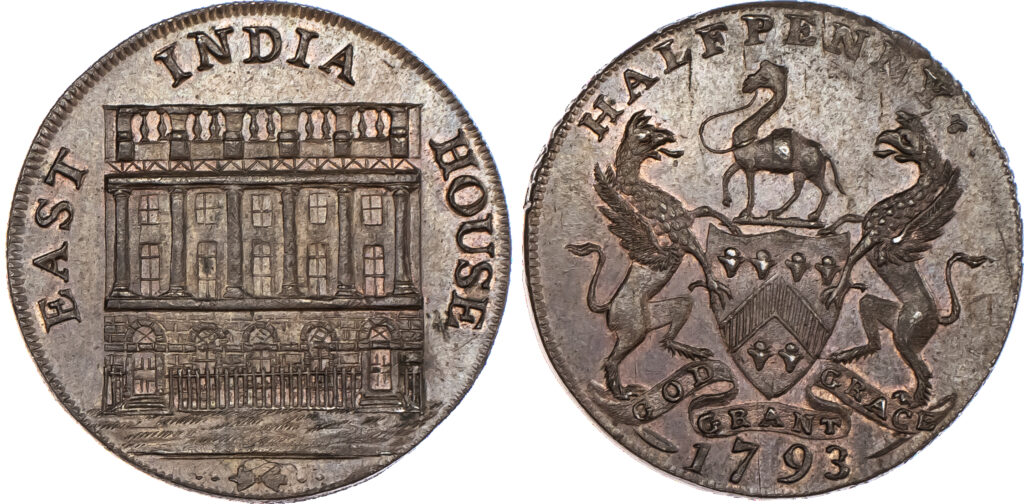
The tokens for all these Yorkshire localities can be seen in an auction of 18th. century Tokens being held by A H Baldwin & Sons on the 25th. of May. This is one of the finest collections of these tradesmen’s tokens to come onto the market in many years and each piece can be viewed on https://thestrand.com/departments/coins#upcoming-auctions They provide a marvellous window into this last decade of the eighteenth century.
Every English county is represented and nearly every English city and market town has a merchant or shopkeeper issuing their own coins and for ten years it was a truly a coinage ‘of the people, by the people, for the people’.

